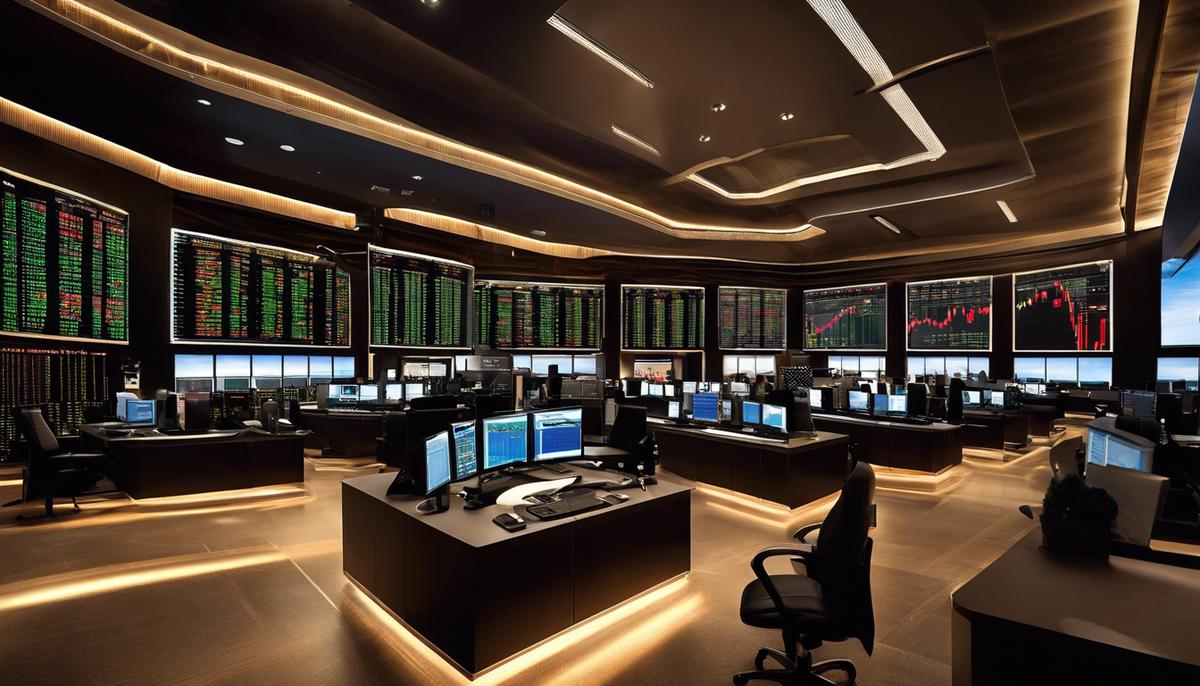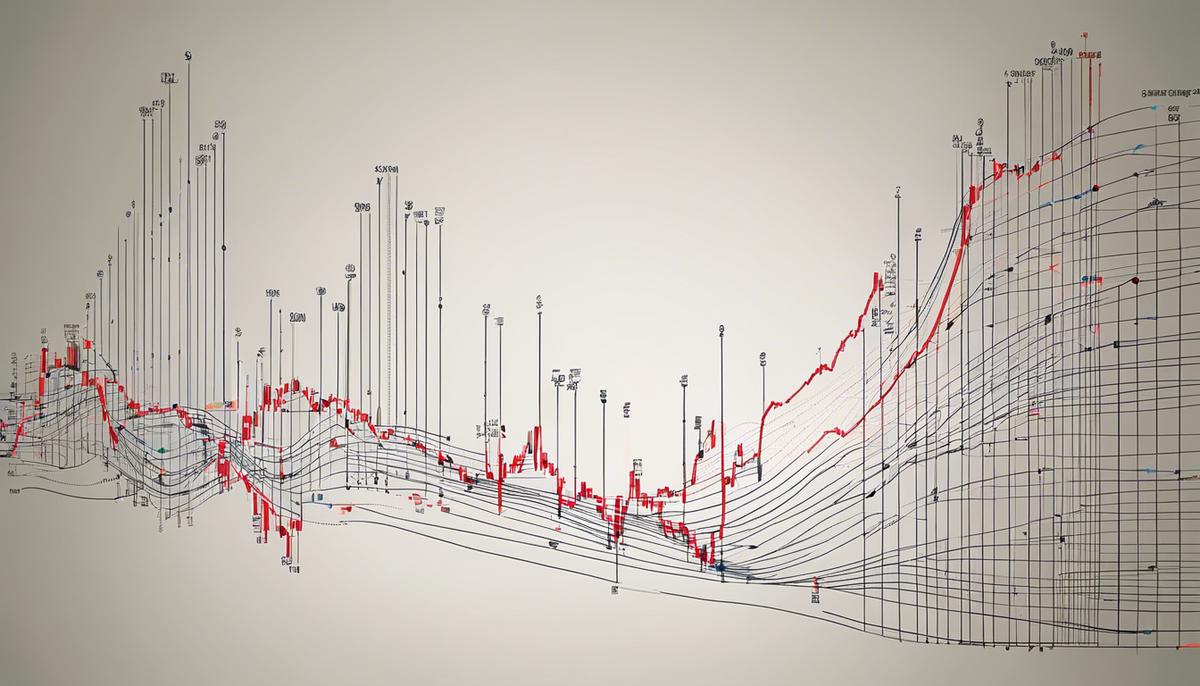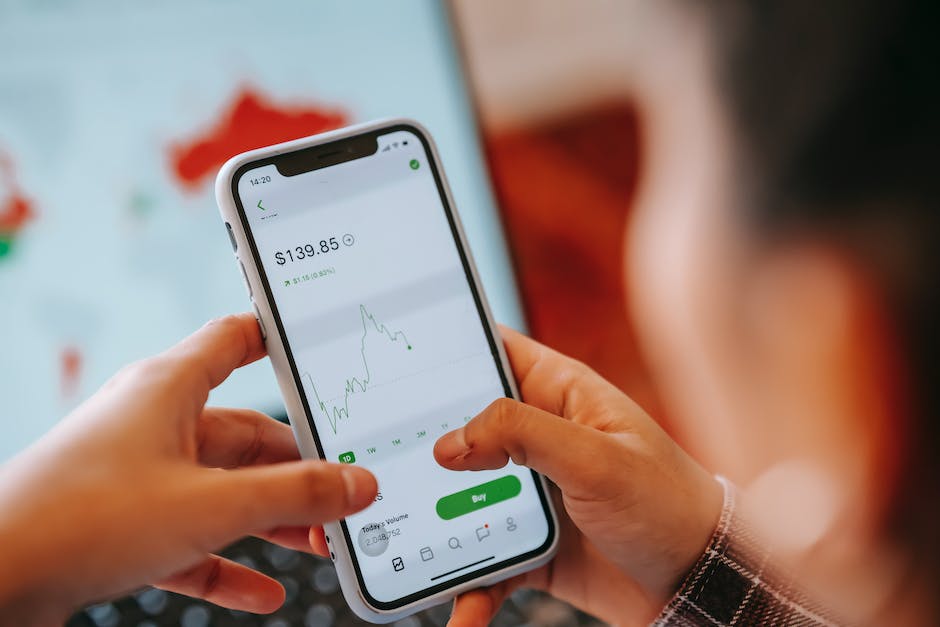The landscape of the stock market is as undulating as it is vibrant. The constantly shifting trends and volatile market conditions mandate investors to arm themselves with a versatile arsenal of strategies. Understanding the mechanics of different types of orders: Market Order, Limit Order, Stop Order, Stop Limit Order, and other advanced types, guides investors in navigating this unpredictable territory. This essay delves into the intricacies of these order types, highlighting their benefits and potential hazards, providing a comprehensive blueprint for decisions that align with each investor’s financial goals.
Market Order
Market orders continue to be among the most powerful tools in an investor’s arsenal. But what exactly is a market order and how can it benefit investors? It’s time to dispel the ambiguities surrounding this critical part of the investment landscape.
A market order is an investor’s X-factor to buy or sell a security at the best available price in the current marketplace. Its simplicity, speed, and efficiency make it attractive to those seeking immediate execution. With a market order, you direct your broker to execute your trade at the next best available price, regardless of what that price may be. Is there a risk? Indeed, there is— the risk being no control over the price you pay or receive. However, the likelihood of your order being executed is nearly assured, weather conditions permitting.
Why turn to market orders then? For one, they are the epitome of speed. In an environment where every second counts, rapid execution is a game-changer – you capture the opportune moment before it slips away. This speed also provides a degree of certainty, essential in the high-stakes game of investment. With a market order, your stock will most likely be bought or sold, irrespective of price volatility.
Moreover, a judicious application of market orders can help shape your portfolio. Beginners, for instance, may find it an easier entrance into the intricate world of stock trading. Meanwhile, seasoned investors can use it as a tool to swiftly capitalize on market trends.
But before donning the market order cape, consider your circumstances. Investors must remember that with market orders, one is playing with a double-edged sword. Its alluring speed may also serve as a pitfall in periods of market volatility when prices swing by the second. Here, the execution price might be dramatically different from the last traded price. Hence, market orders are hailed as the perfect tools for liquid markets with tight bid-ask spreads wherein speed takes precedence over price.
Harnessing the true potency of market orders lies in understanding the context. Appreciating the price, speed vs. control trade-off will differentiate the novices from the seasoned investors. Gaining expertise, developing an unobtrusive gut instinct about market behaviors, and immersing oneself in the investment world will align your anticipation with reality.
Utilizing market orders requires a careful and strategic approach, factoring in both the pros and the cons. From beginners who want quick entries to seasoned investors seeking to leverage opportunities, the adept use of market orders can cater to a wide spectrum of investor needs and preferences.
Don’t shy away from using this tool artfully in your arsenal. Paddle through the ebb and flow of market dynamics, and you might just be able to surf the waves like a pro. Respect the market, but remember—it’s there to be conquered.

Limit Order
Shifting gears, let’s traverse the landscape of limit orders – a critical tool in a savvy trader’s kit. Similar to its counterpart, the market order, limit orders provide traders with a mechanism to enhance control over the timing, price, and quality of their trades, an essential aspect of strategic trading. However, like any other tool, limit orders are not devoid of potential pitfalls.
For starters, limit orders give traders an extraordinary degree of control in a fast-paced and dynamic market. When placing a limit order, traders define the maximum price they are willing to pay when buying stocks, or the minimum price they will accept while selling, thereby establishing firm boundaries within which their transactions can occur, lead to predetermined outcomes. This topsy-turvy market terrain is where limit order truly shines, bringing a sense of predictability and control to otherwise chaotic environments.
Furthermore, limit orders are a definitive method of trimming down costs. By specifying buy and sell values, traders can guard against volatile market swings that can lead to adverse financial consequences. This austerity can be especially critical for higher-risk investment portfolios where calculated moves play a vital role in maintaining a healthy risk-to-reward ratio.
Limit orders are not just about the cold, hard numbers. They fall into the broader strategy of creating a steady investment rhythm, shielding one’s investments from sudden price fluctuations that could possibly erode profits or exacerbate losses. They can also be utilized to automate trading by setting entry and exit points. By defining when and at what price trades should occur, real-time monitoring is made redundant, allowing the focus to pivot towards holistic portfolio management.
Despite the manifold advantages, limit orders have their fair share of pitfalls. The most prominent one is the possibility of the intended trade never materializing. Since limit orders are entirely price-dependent, they only execute when the market price meets the predetermined limit price. Hence, a significant market swing can result in the trade being left untouched and potential gains, unrealized.
Moreover, limit orders entail precise, well-informed decision-making and calculated anticipation of market behavior. Consequently, they may not be appropriate for less experienced traders whose knowledge of market trends, dynamics and risk factors may not be well-honed.
Lastly, although limit orders can guard against within-day price volatility, they offer minimal protection from overnight or ‘gapped’ price changes when the market is closed. While trailing stop orders can mitigate this risk to some extent, they are not foolproof.
In conclusion, while limit orders do have their limitations, they remain an effective tool for investors looking to maintain a tighter rein over their trading processes and outcomes. The key lies in understanding not just their benefits, but also their potential pitfalls and how to navigate them strategically. Never forget that among the lion’s pride of trading tools available, no single tool guarantees market triumph. It’s always a combination, plus a pinch of intuition, that takes the winnings.

Stop Order
Immersing into the world of stop orders, it’s crucial to first explain what sets them apart. Stop orders – also referred to as stop-loss orders – are a type of order that triggers a market order to either buy or sell a security once a specified price point, known as the stop price, is reached. They are utilized to protect investments, limit losses, or lock in profits on a security.
Compounding on this uniqueness, stop orders can serve as safety net, shielding against market volatility. In volatile markets where stock prices can undergo dramatic highs and lows in a short period, predicting market behavior is often an onerous task. Stop orders, by setting a predetermined price point, offer a buffer against this unpredictability. When a security reaches the stop price, the stop order becomes a market order, effectuating a purchase or sale of the security. This provides investors with a level of risk managing control over the transaction.
One key strength of stop orders is their flexibility. They can be set as day orders or good-till-cancelled orders, offering investors the freedom to customize the duration of their trade to suit their individual strategy. However, this flexibility does not come without risk. There’s the potential for a “false trigger”, where the set stop price is reached momentarily and triggers a market order but the price of the stock quickly rebounds.
In planning a trading strategy that best suits one’s trading style, risk tolerance, and specific goals, combining stop orders with limit orders and market orders can be a powerful approach. It’s essential to remember that successful trading isn’t about eliminating risk—it’s about managing and mitigating it. This is where the crucial combination of these various types of orders comes into play, each serving its purpose in the grand orchestration of your investment strategy.
Moreover, stop orders can be a powerful component particularly in a bear market, or in the face of a sector-wide downturn. By setting a stop order at a price lower than the purchase price, you can automatically trigger a sell order to cut losses if the market turns against you. This way, you’re less likely to be caught flat-footed by a sudden, steep decline in a security’s price.
In conclusion, stop orders serve as a critical tool in investment strategy planning due to their ability to protect against downside risk while giving investors control over their execution price. However, they’re not without pitfalls; it’s always crucial to maintain careful moderation and informed decisions. By blending stop orders with other types of trading orders, you can craft a nuanced and comprehensive investing strategy that provides both protection and potential for profit in varied market conditions.

Stop Limit Order
With the arsenal of market and limit orders under your belt, let us now venture into the exciting world of stop limit orders. An innovative blend of two fantastic trading tools, stop limit orders aim to maximize benefit by integrating the best features of both stop and limit orders.
Stop limit orders are ingeniously designed to harmonize control and flexibility within your investment strategy. They function like stop orders until the stop price is reached, but as soon as the stop price hits, the order becomes a limit order. This conversion to limit order provides traders with an increased control over the execution price.
The prime advantage of these stop limit orders is the provision of certainty with flexibility. When the market is turbulent, the stop order action ensures the order gets triggered, allowing the investor to react promptly. As the market morphs, the limit order goes into action, ensuring that the order won’t be executed at an unfavorable price, thus offering protection.
Like its inspiring parents, stop and limit orders, the stop limit order isn’t free from complexities. The execution is not guaranteed, similar to a limit order, as your stop limit price may never be met in an extremely volatile market. Hence, astute investors need to be mindful of evolving market dynamics while setting the stop limit price.
Moreover, time plays a pivotal role in stop limit orders. The duration – either set as a ‘day order’ or ‘good till canceled’ – decides the life of a stop limit order and can significantly impact the order execution. While ‘day orders’ expire at the end of the trading day, ‘good till canceled’ orders persist until the execution conditions are met or the order is manually canceled.
As multifaceted investors, it’s prudent to incorporate this potent, versatile tool in your portfolio strategy. Stop limit orders’ hybrid nature equips traders with a dynamic instrument that caters to a range of market scenarios. However, one should strategize the use of stop limit orders with a deep understanding of market volatility patterns and asset price alliances.
Building an impressive portfolio is similar to conducting an orchestra. Each trading tool, like an instrument, plays an integral role over different market melodies. Brilliance ensues when these tools are sequenced astutely to create a harmonious financial symphony. So, equip yourself with the powerful stop limit order and make your trading strategy sing.
In conclusion, stop limit orders afford the best of both worlds, embodying the flexibility of stop orders and the control of limit orders. Therefore, it becomes a tool of choice for discerning investors. However, like every powerful tool, its benefits are realized only when utilized with sophistication and strategy. Arm oneself with knowledge, for it is the most potent weapon in the arsenal of any trader. The market rewards the informed. Be informed, be rewarded.

Advanced Types of Trading Orders
Beyond the realm of classic market orders, limit orders, and stop orders on your trading platform lies a greater pantheon of advanced trading orders. Each one provides a specialized tool in your arsenal to engage with the unpredictable beast of market trading. One such advanced tool is the stop limit order – a powerful combination of stop orders and limit orders.
Stop limit orders act as a hybrid tool, marrying the benefits of stop orders and limit orders into a single application. Maneuvering this order type gives traders a significant edge in managing risk while capturing profit. These are set to trigger at a specific stop price, but unlike regular stop orders, they convert into a limit order, not a market order. The consequence of this operation provides traders with much greater control over trade execution price.
But like every tool, effective usage requires understanding both its potential and limitations. Stop limit orders offer superior control, but they don’t guarantee execution. Remember, if the market gaps and skips over your stop price, the limit order may never be filled, leaving you untethered in a fluctuating market.
Also, stop limit orders bring with them the element of time. The time limit can be set to the end of the market day or held indefinitely. This additional layer of control lets a seasoned trader manage their trades with finesse and precision.
The market is a volatile sphere. Aligning stop limit orders with the rhythm of asset prices and market oscillations can be a pole vaulting leap towards trading excellence. It enables you to create a strategy blueprint that is steadfast in extreme market conditions but is nimble enough to bank on profitable opportunities.
Just as a conductor creates harmony in an orchestra with a rhythmic unity of various instruments, management of stop limit orders can bring harmony to portfolio strategy. Orchestrating orders with decisiveness, precision, and strategy can develop a symphony of profitable outcomes.
Understand that trading is a battleground where information, know-how, and acumen are your weapons. In the chaotic flurry of market dynamics, it’s critical to be thoroughly informed. Knowledge is the beacon that guides one through volatile strategies when entering the nebulous world of advanced trading.
Embracing these advanced types of orders opens a new level of strategizing to battle the stormy seas of trading. Just remember that the best strategists utilize their full arsenal knowing that every tool has its purpose, strength, and weakness. Arm yourself with knowledge, chart your course with strategy, and let your orders form a layered defense for your profits. Therein lies the power of using stop limit orders – stepping up to the orchestra conductor’s podium, aware of every instrument at your disposal, ready to create your financial symphony.
Remember, in trading, there’s more than the black and white of profit and loss. It’s about the journey as you navigate the waves using advanced types of orders. Be it the roar of a bear market or the cheer of a bullish rally, your trading strategy should bear the insignia of innovation, just like a stop-limit order. Success rewards the informed, the innovative, and the brave. Be aware, stay informed, and step into the fray with an advanced strategy. The market awakens. Let your game begin!

Mastering the art of stock market trading involves a dynamic interplay of instinct, information, and strategic use of various types of orders. Understanding each order type — Market Order, Limit Order, Stop Order, Stop Limit Order, and others not only strengthens the trading toolkit but also equips investors with robust armor to confront any market conditions. By exploring these concepts, investors can optimize their trading decisions, engage in effective risk management, and ultimately, forge a path toward realizing their financial goals. Hence, it’s crucial to utilize these tools wisely and adapt to the game’s dynamic nature to flourish in the realm of stock market investing.
